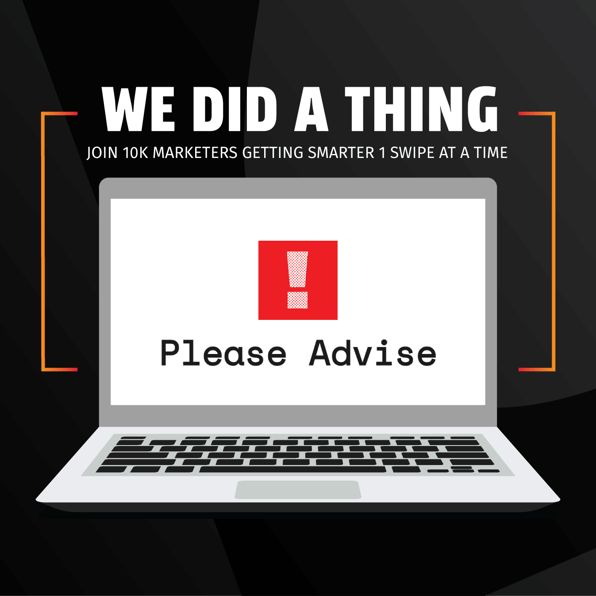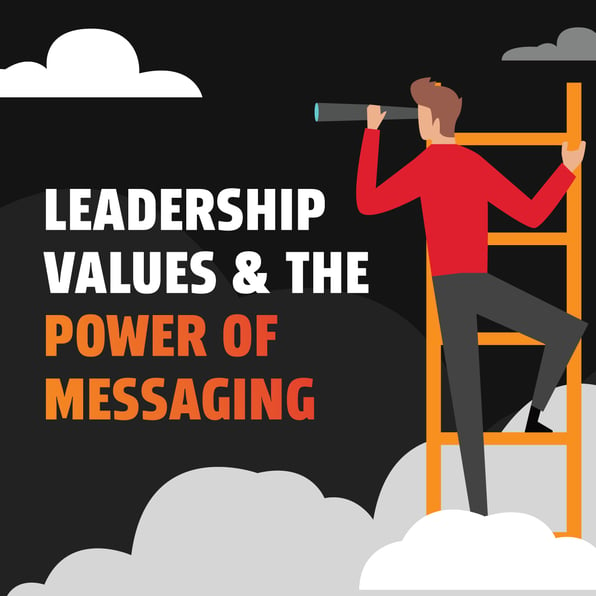Sales and revenue are hard to generate. Those of us involved in business at any level know this. We also know that the easiest way to generate revenue is through existing customers. This repeat revenue can have a HUGE impact on your bottom line as a business, but surprisingly most people seem to put this on the back burner or forget about it!
That being said, I think it’s important that I quickly go over how to use HubSpot workflows to help get low hanging repeat revenue.
How to Use HubSpot Workflows to Get Easy Sales Wins
- Communication
- Know The Opportunity (i.e., the potential sales)
- Automate
It’s important to note that the example I’m about to discuss will primarily be for a business with a physical product. However, these same ideas and frameworks can be applied to pretty much any business model.
So how do we go about getting those sweet, sweet repeat-cross-sell-upsell dollars? The answer is probably simpler than you think. Communication.
Communication
Now granted that communication has to be properly timed, but if you communicate with your customers the likelihood of you getting a repeat, upsell, or cross sell increases dramatically.
For example, your company sells industrial machinery. These products range from shears, to presses, to 3D printers. Someone buys a 3D printer from you for $50,000, you install it, the customer is happy, and you’ve collected a payment of $50,000! Amazing!
From this point forward, communication is key. Because you’re an expert in your products (and in the process of selling to your customer you should have an understanding of their business to an extent) you know that the average life of this machine is 3 years before it needs a software update, the nozzle will last 5 years, and they most likely need to order more filament every 3 months.
Our communication then, should look something like this:
- 3 months after printer purchase reach out to ask how they like the product, and by the way do they need any more filament?
- 6 months after, check in to see how they are doing, any filament again? By the way, here is this cool article our company put out on proper 3D printing maintenance specifically for your model!
- Reach out every 3-4 months asking about filament. Each kilo of filament is between $20-$25 each.
- At 3 years, you’ll want to reach out to let them know about software upgrades they can purchase. Let’s say a software upgrade is $5,000. They will probably say yes, or this opens up the conversation about a whole system upgrade to a new printer (potentially another $50,000)
- At 5 years, you know that the nozzle needs to be replaced on the printer. A new nozzle costs $2,000. You also might have the opportunity to sell them a better printer to replace the old one as their business has grown and 3D printer technology has gotten better. A new printer, again, is $50,000
Know the Opportunity
So, time for some quick math on this for potential revenue.
In the first 3 years, before the software upgrade, you have the opportunity to sell the customer new filament 12 times. At $20 a kilo on the low end that is $240. Now, think about the fact that at an industrial scale, they are going through way more filament than a kilo a month.
Again, for the sake of easy math, let’s assume they go through 3 kilos a month, that’s a potential of $720 a year simply for emailing one customer every 3 months. And that’s only at one customer, imagine this across a large customer base.
Now at 3 years from purchase, you’ve been in contact every three months, and you’ve developed a really solid relationship with your customer. At this point when you reach out about the software update you are being helpful and looking out for their best interest. It just so happens that their best interest might net you an additional $2,000. But it’s actually more like $2,720 because they’ve been buying filament from you for the last three years.
You also get the easy sales opportunity here (because you’ve been in regular contact) to see if they might need a replacement. Maybe a better option has come on the market that meets their needs better or is more efficient! All of a sudden, your opportunity has become more like $50,720 because you’ve had good communication and given yourself an extra at bat.
For the sake of our best-case scenario, let's say they want to keep their old printer, but need to buy a new one since they’ve expanded because you sold them a product that really opened up their capabilities.
Now, because of good communication, you have sold them $720 in filament, $2,000 in a software upgrade, and an additional $50,000 in a new printer. You have generated an additional $52,720 from that customer in there years simply because you were being helpful and staying in touch.
That’s the value of one new client that you didn’t have to go out and find and your bottom line is still growing. (We won’t extrapolate out to the five-year mark because hopefully by now you understand the idea.)
Now this is great and all, but you’re probably thinking “okay well how do I do this in a way that won’t add a burden to my staff?” We will get into that shortly; it’s relatively straight forward. There are, however, a couple of brief points I would like to make.
Automate
First, this makes the most sense if you do not have an account management team or your sales team is responsible for their own renewals. Second, if you do not have a system in place for account management it is extremely important to get something, please anything, in place.
So now, how do we do this in HubSpot? The answer is pretty straight forward. Workflows. Now if you’re familiar with HubSpot, you probably have done a couple projects with them, and most of them are probably marketing related. But they are also a really powerful tool for sales and account management as well.
The framework is super straight forward. We are going to use a contact enrollment trigger that looks at the deal close date. From there, we are simply going to set either internal emails OR populate tasks to the contact owner to remind them to reach out based on whatever cadence you choose.
You’ll add in a delay for a set amount of time between each internal email and task, but really that’s all it is. The final step will be setting a goal for the workflow to be the final task or internal email and you’ll want to make sure that contacts can be enrolled in multiple workflows at once when you publish. But over all the framework is super simple and can have additional complexity added in depending on your business.
See if this is a good fit in your business and maybe put it into practice. Got questions on how it might fit into your model? Drop them below!




